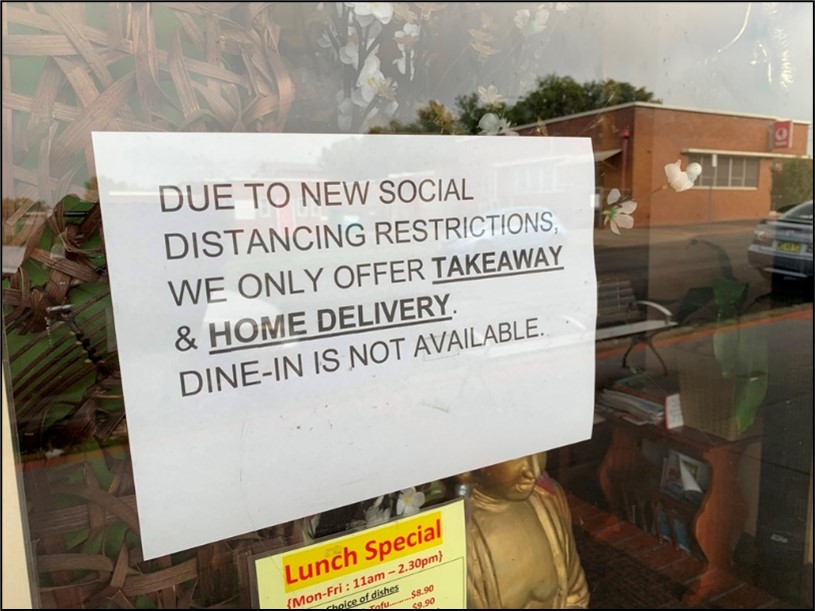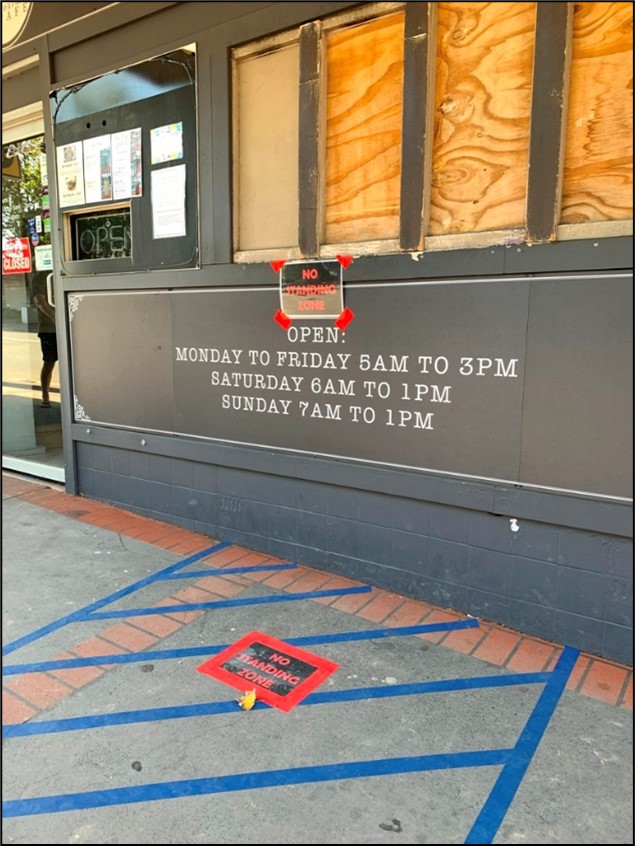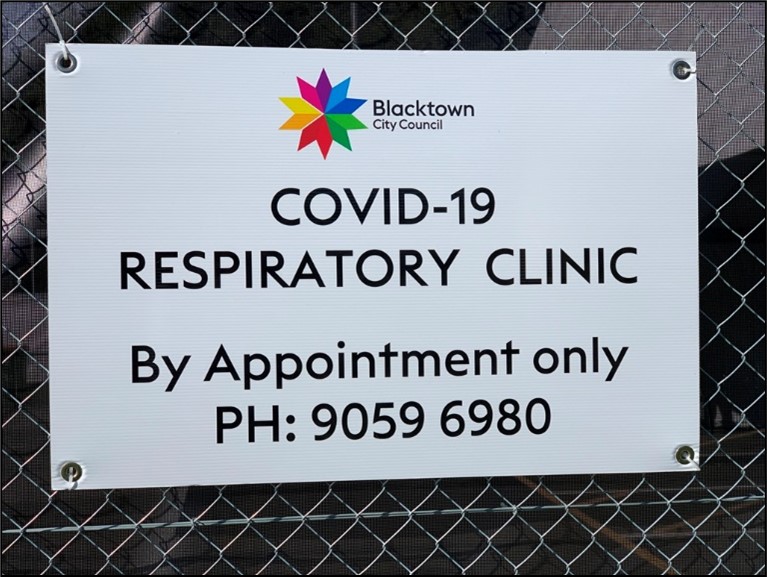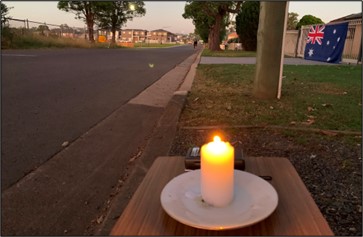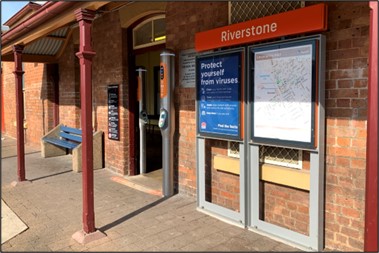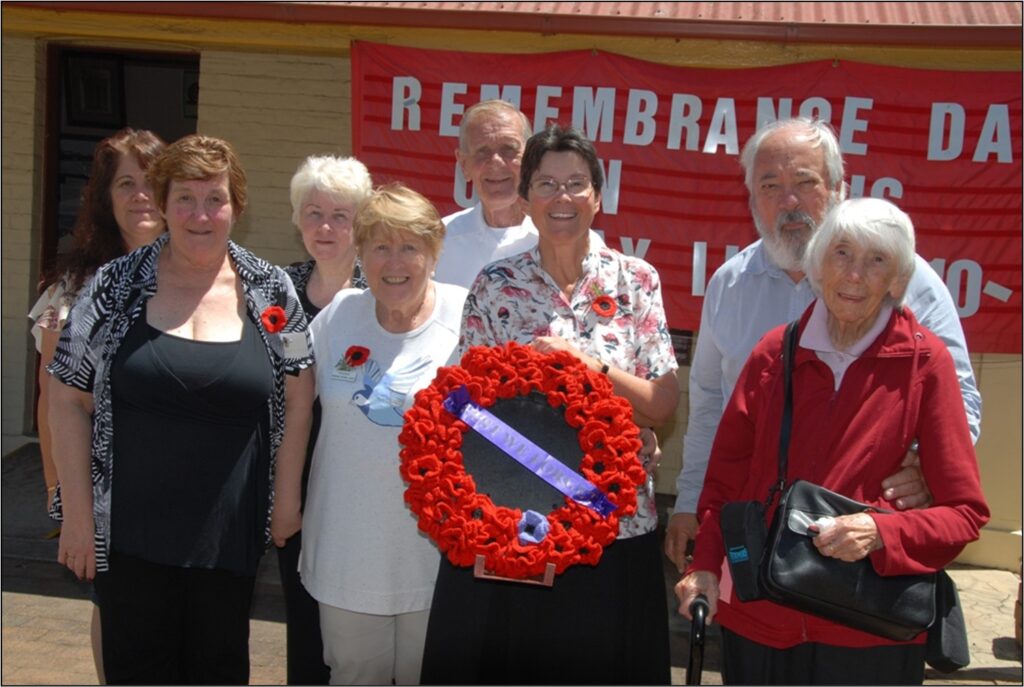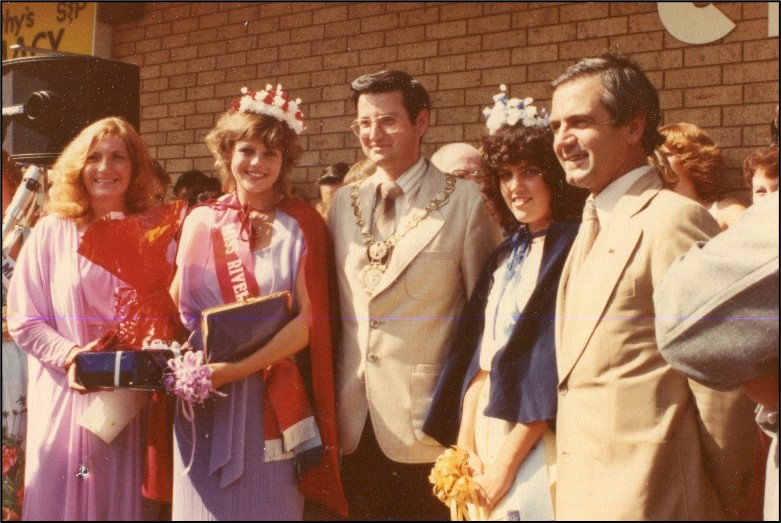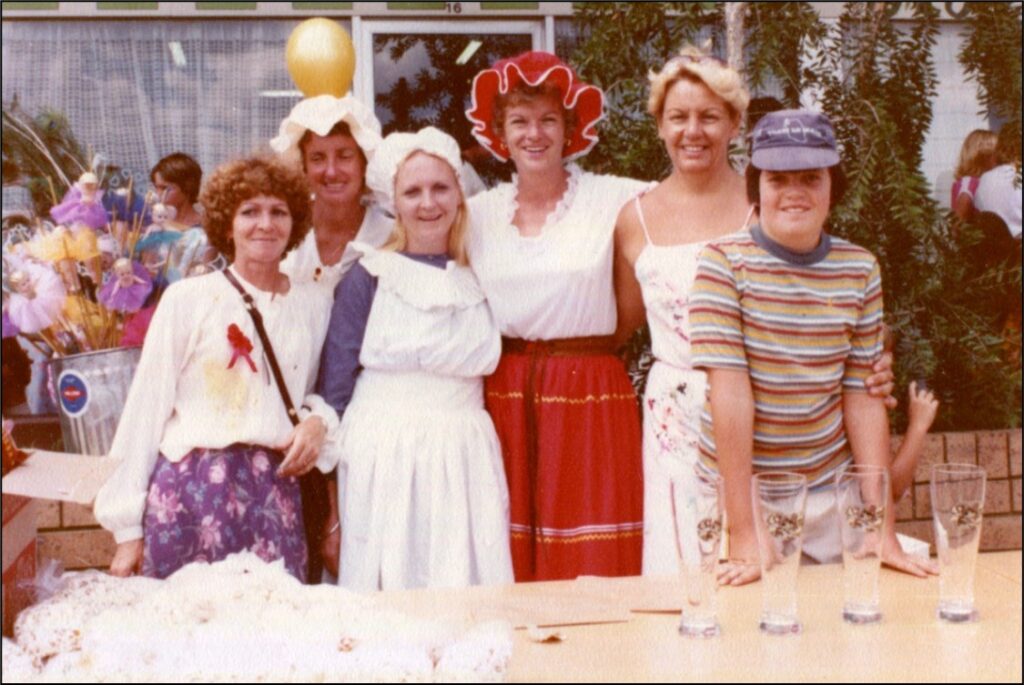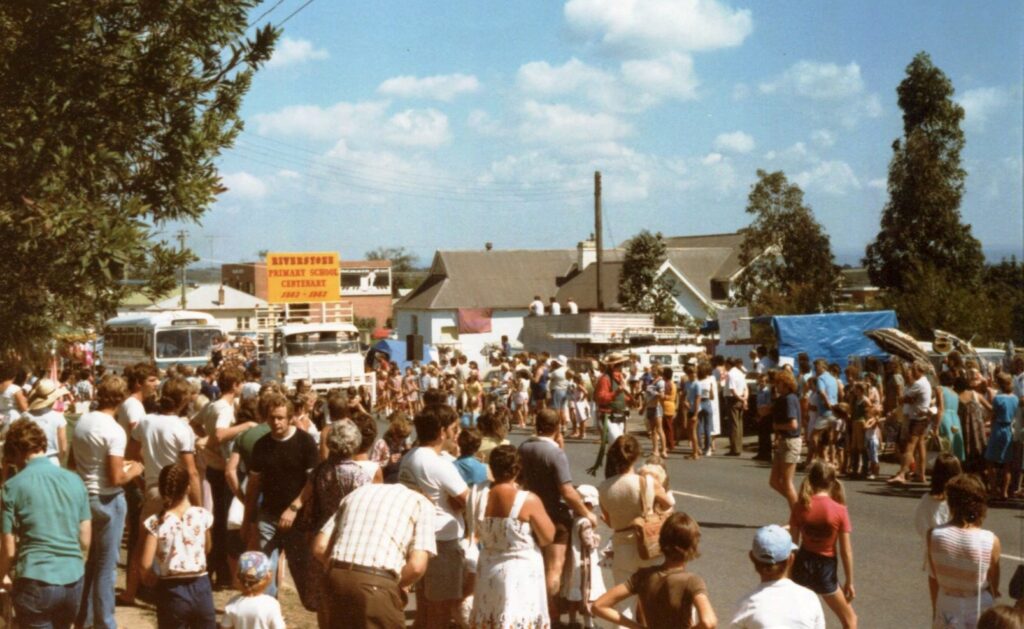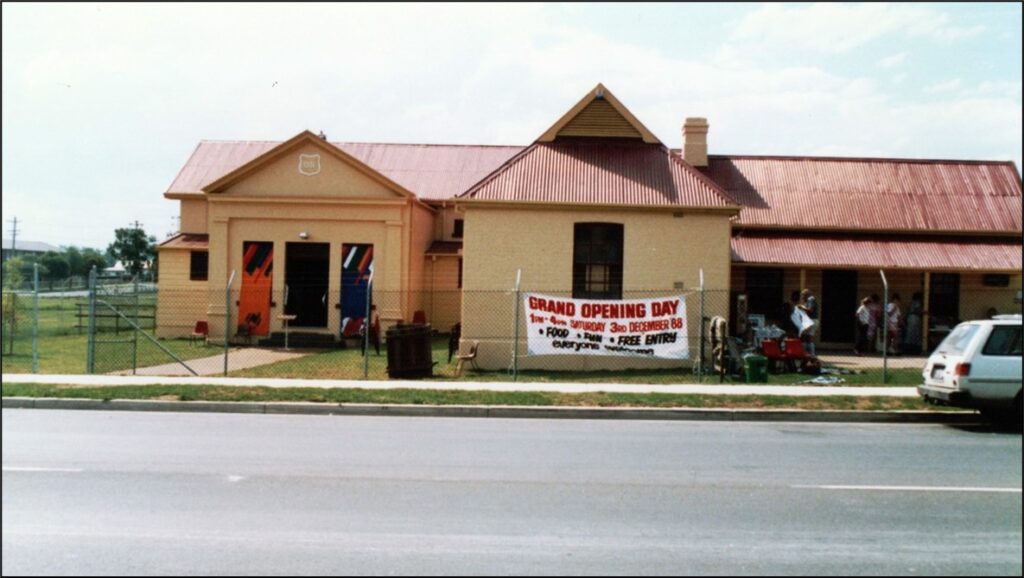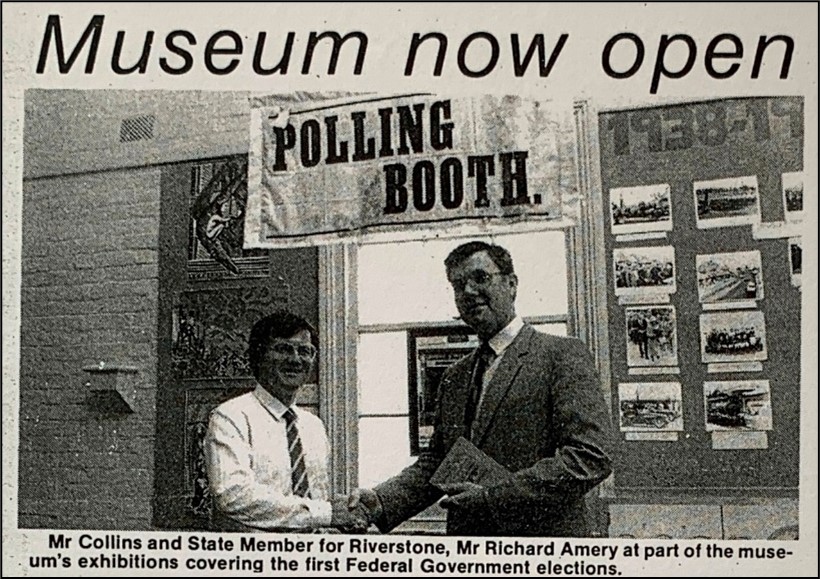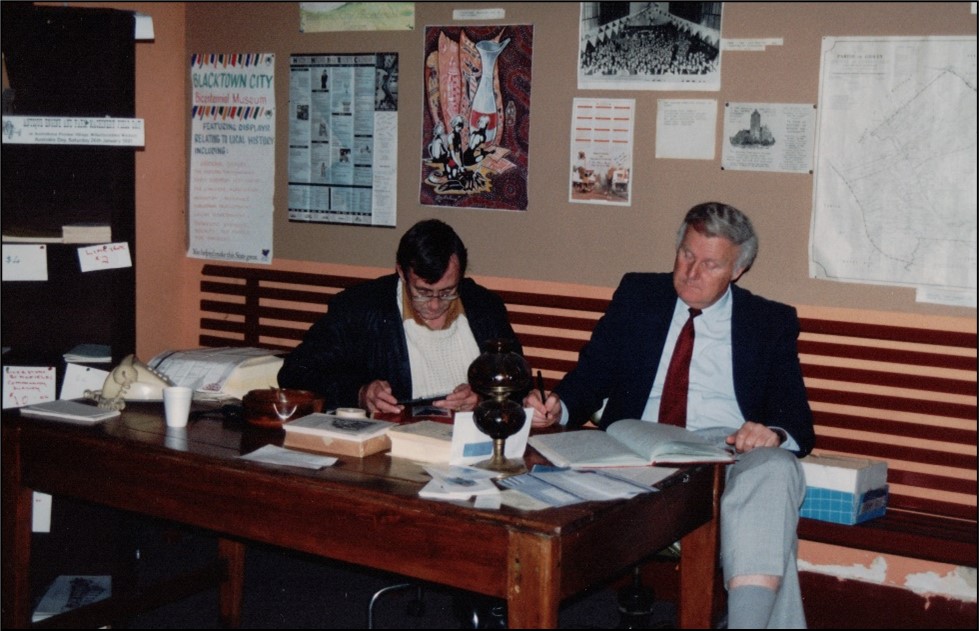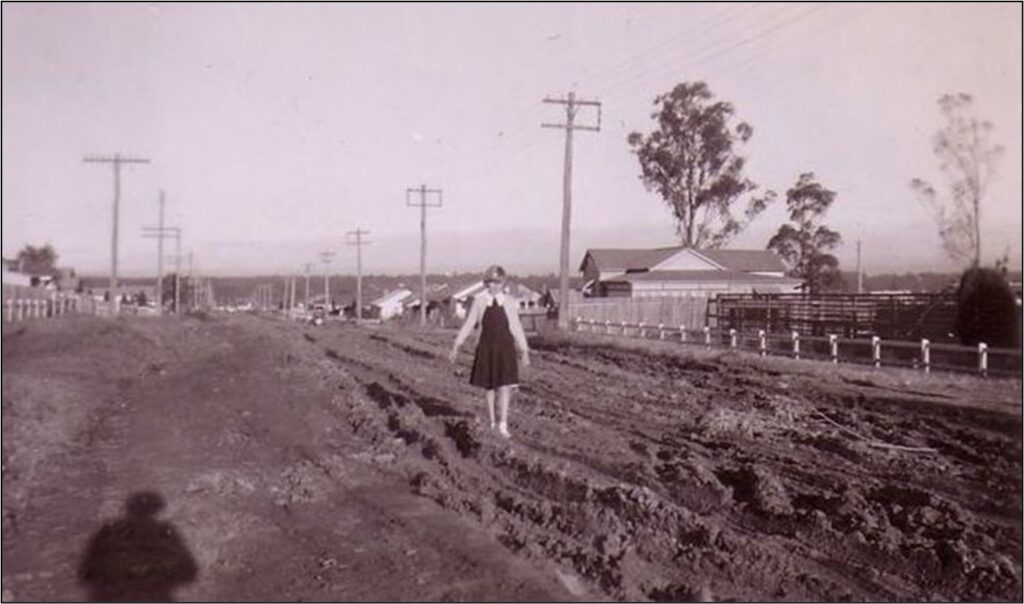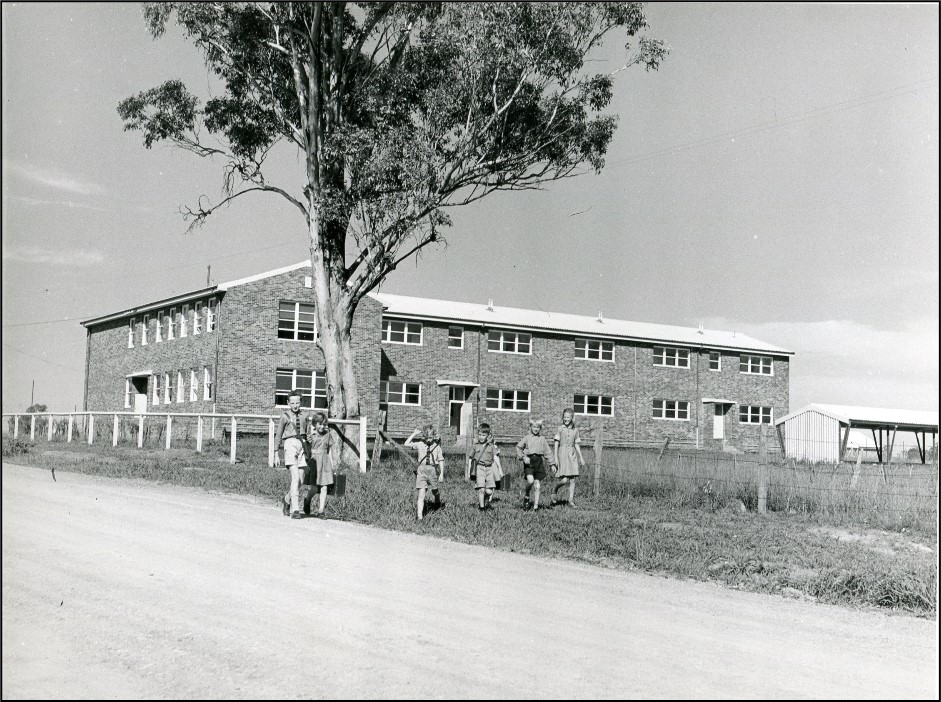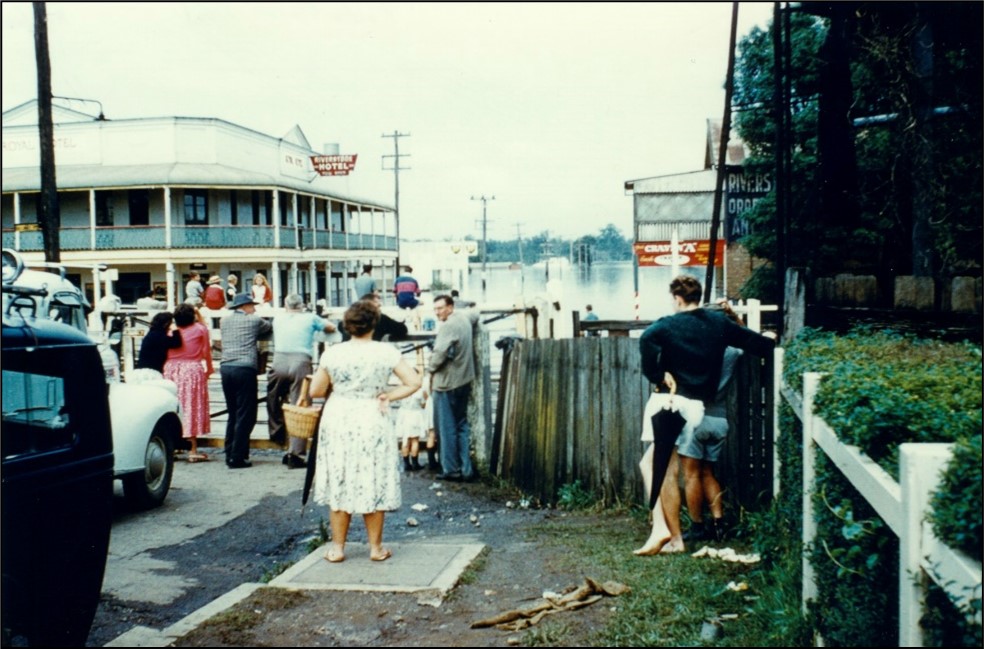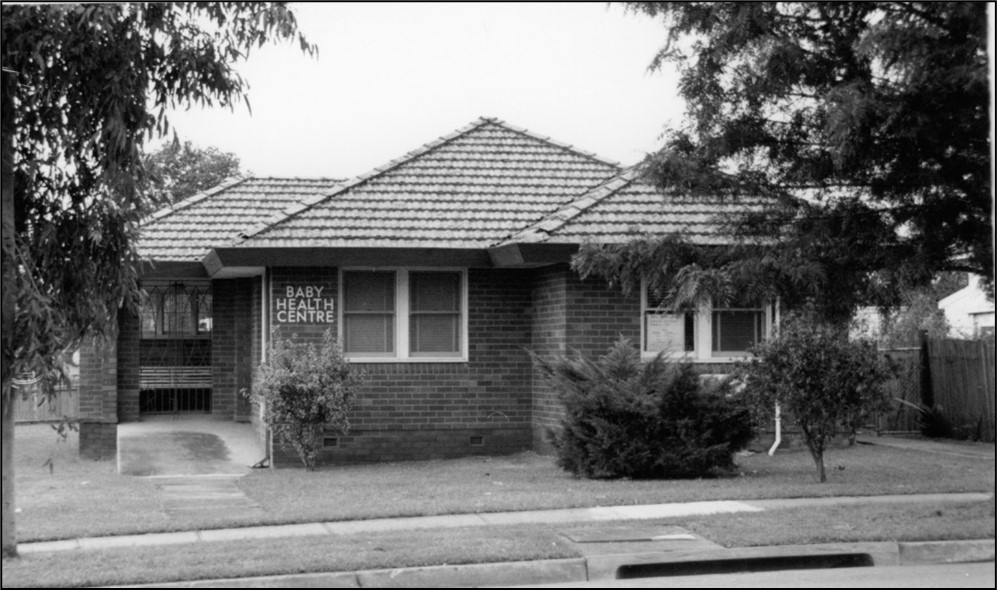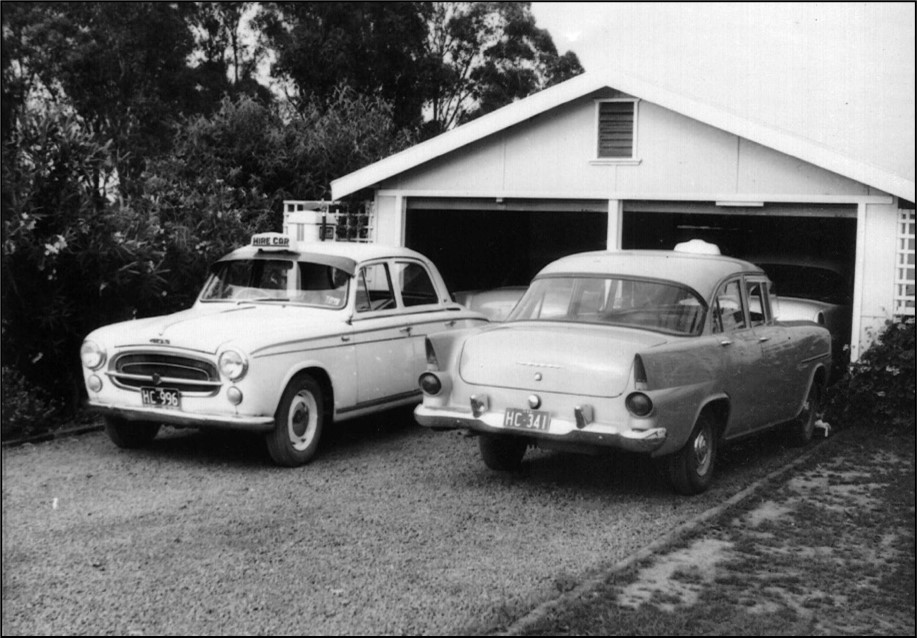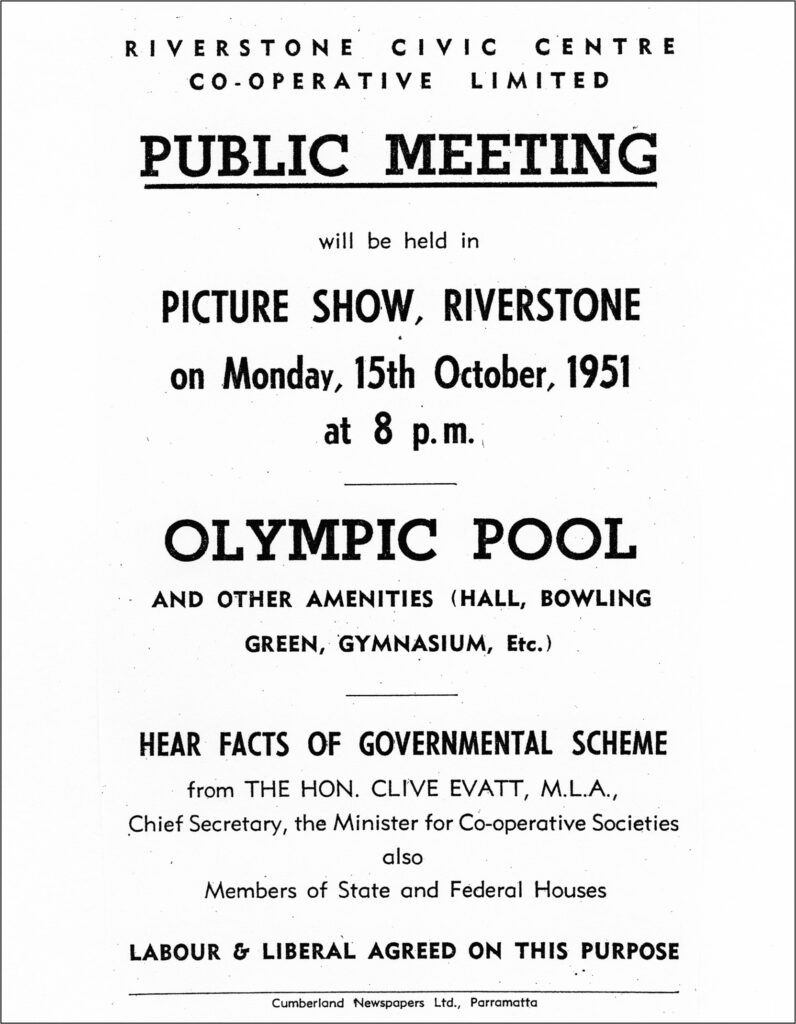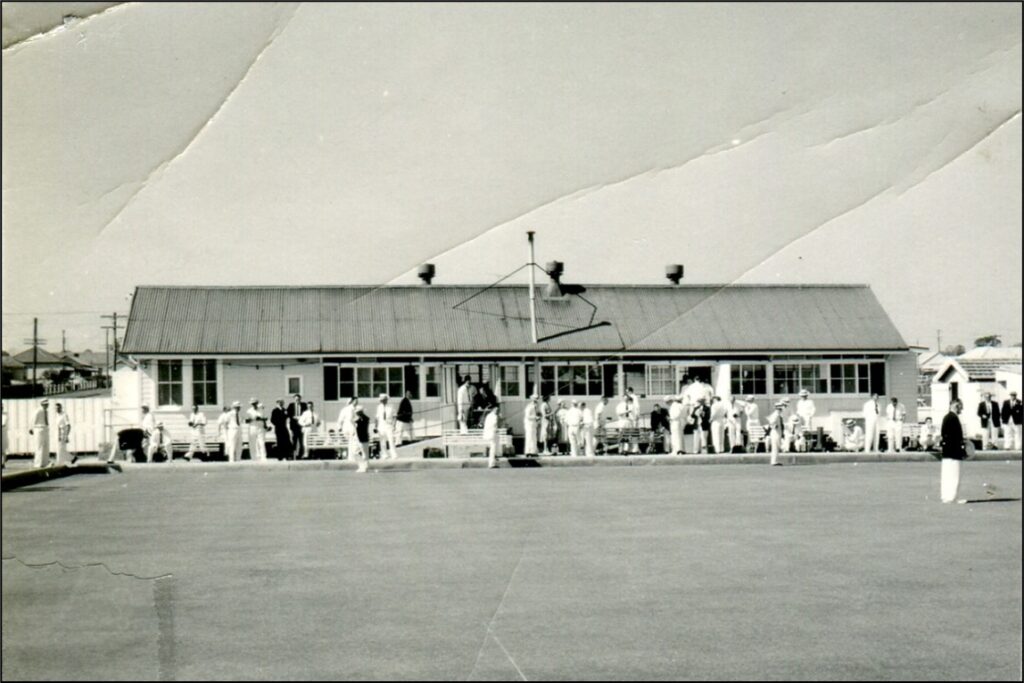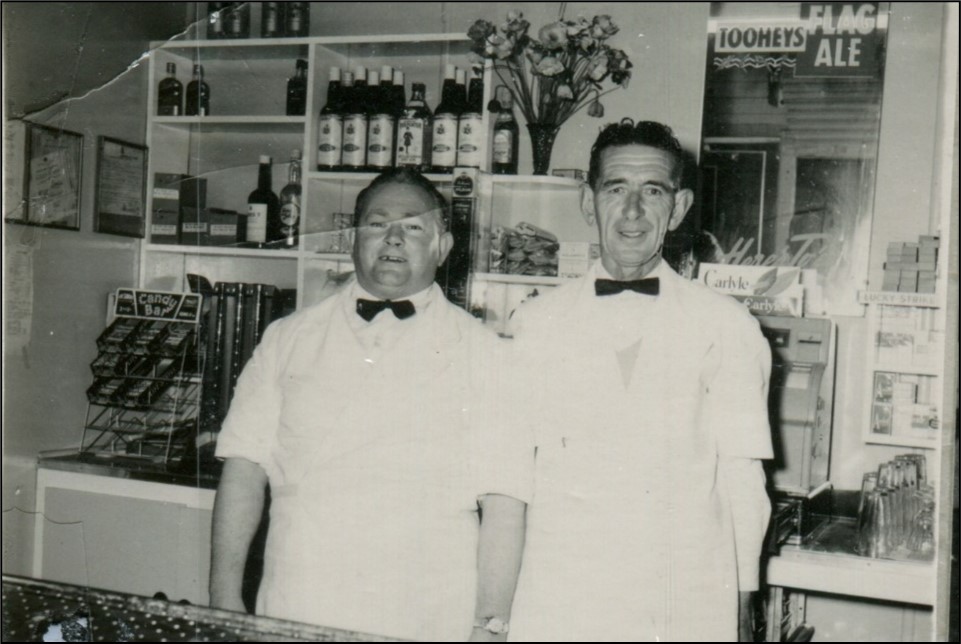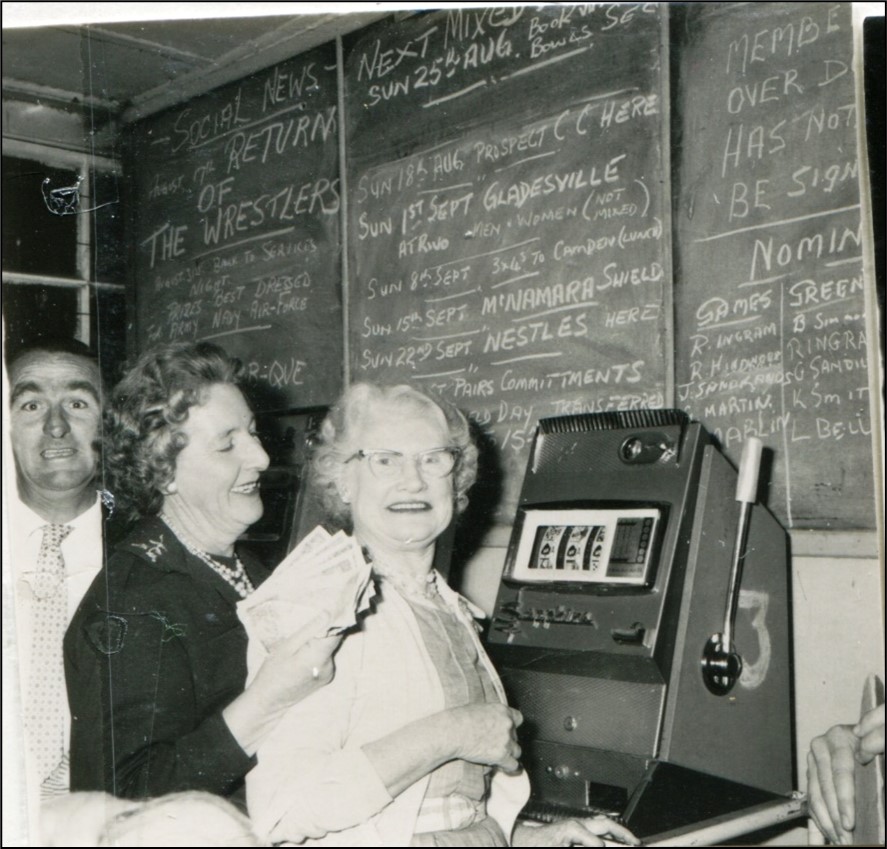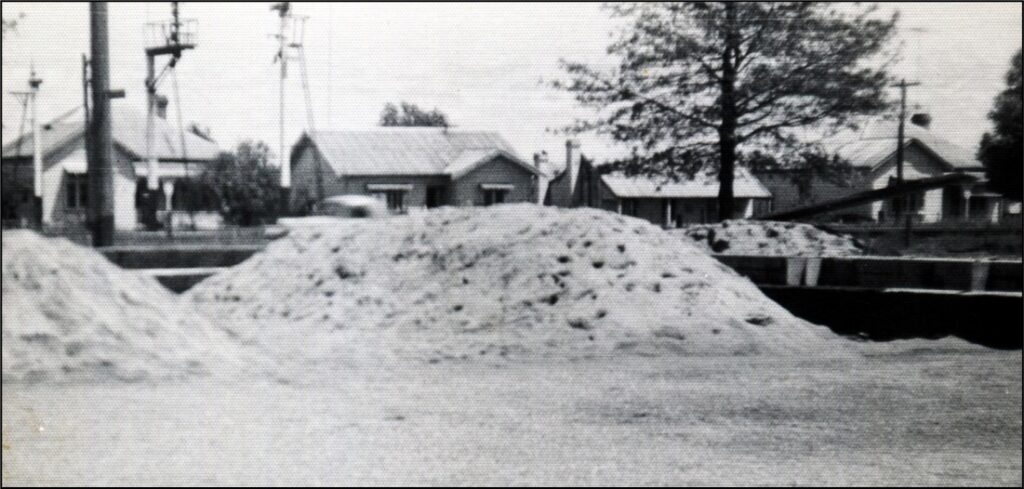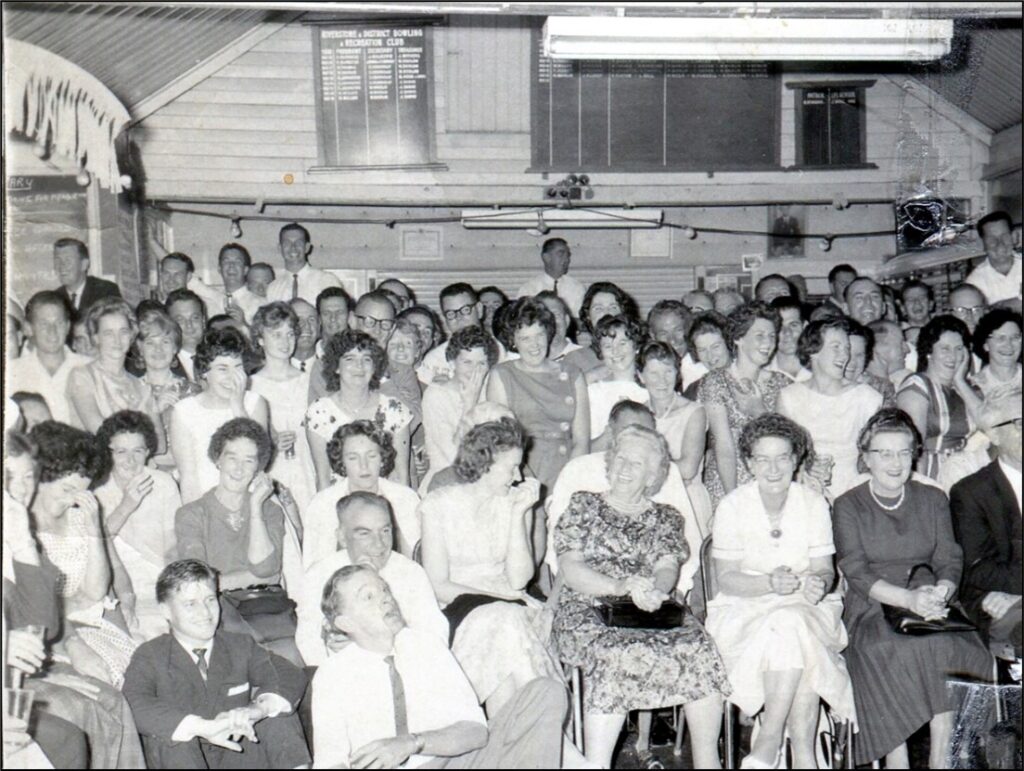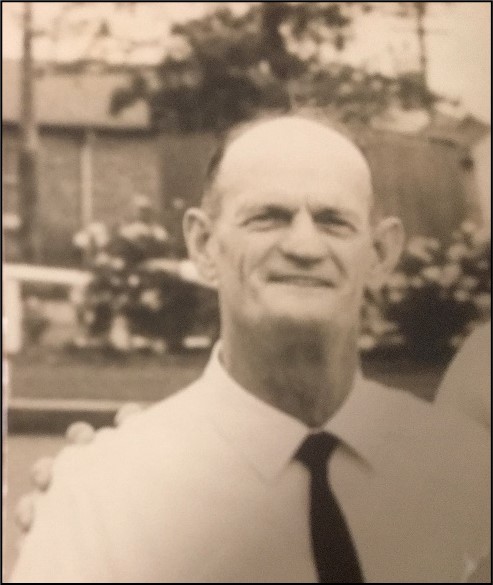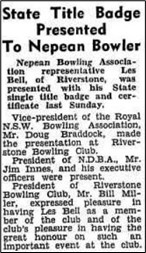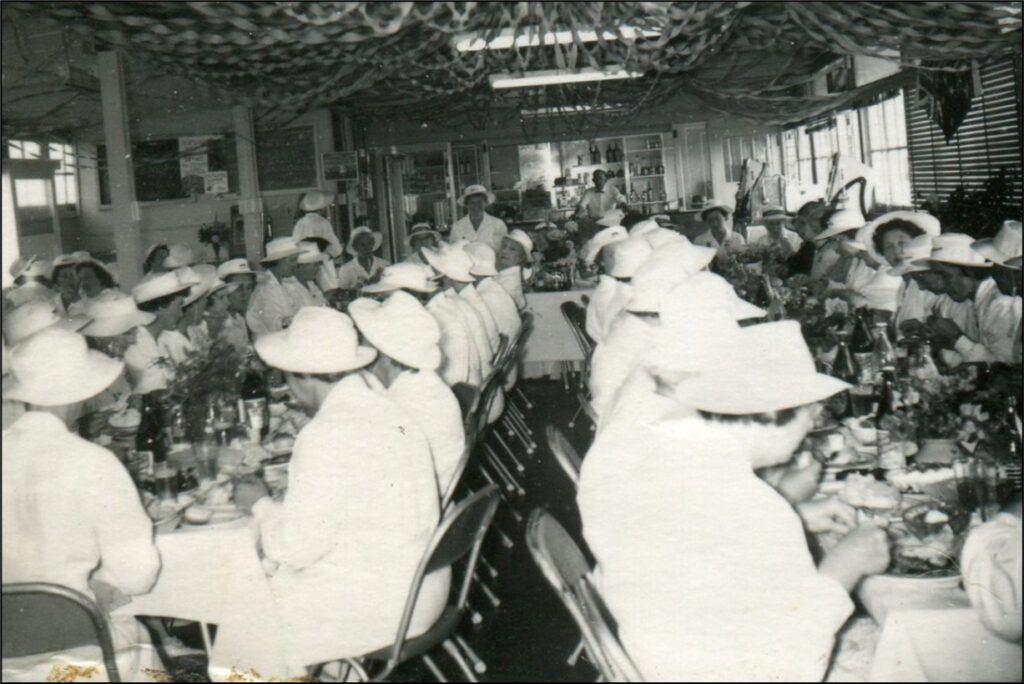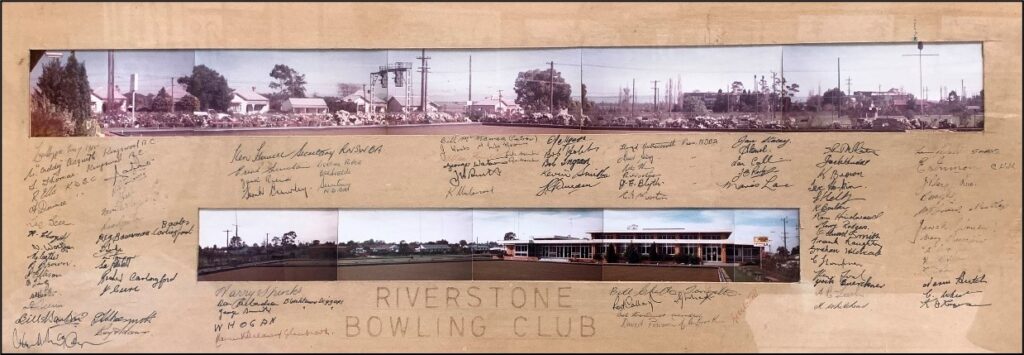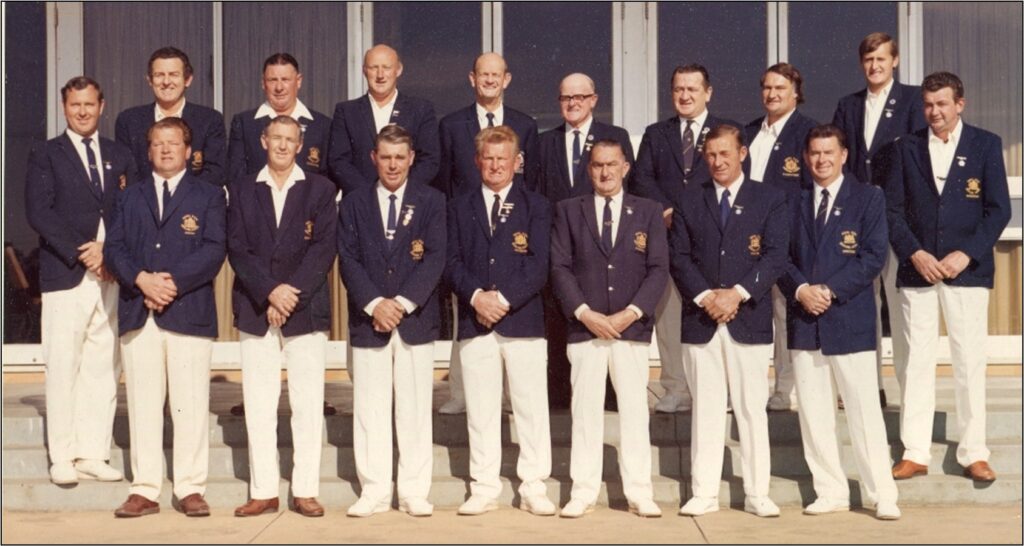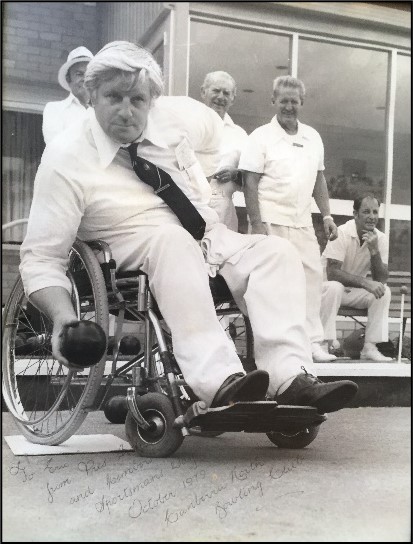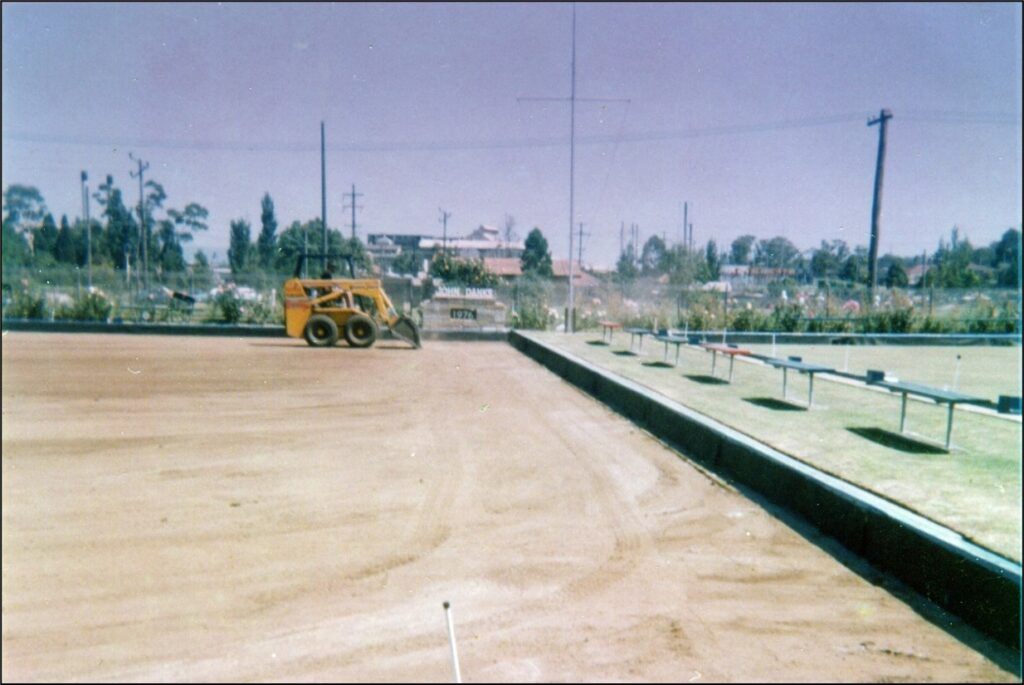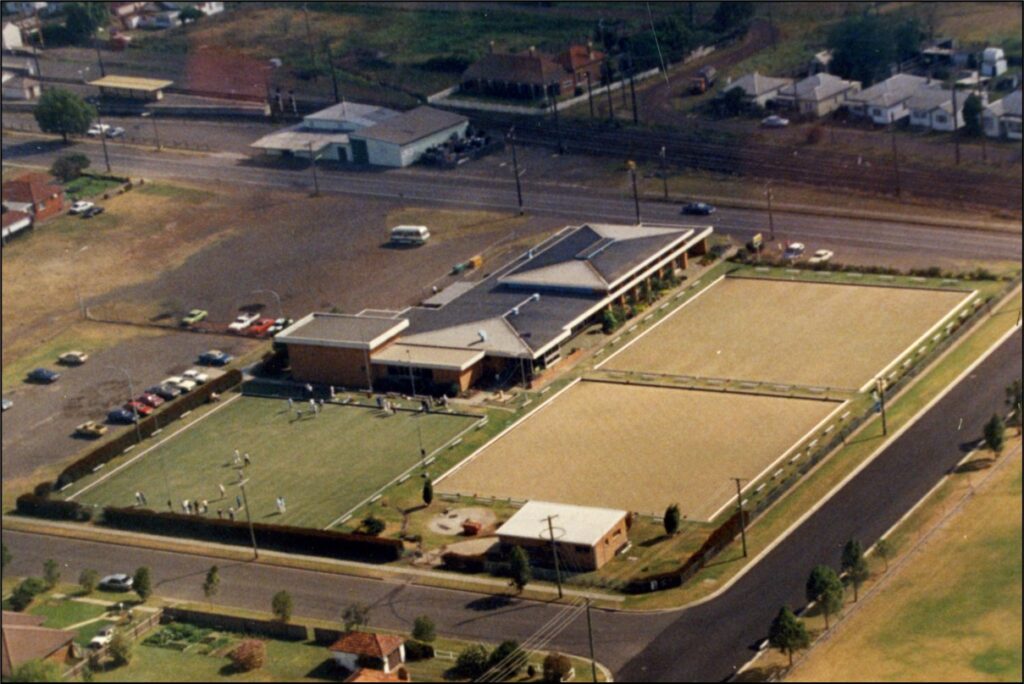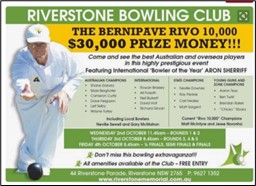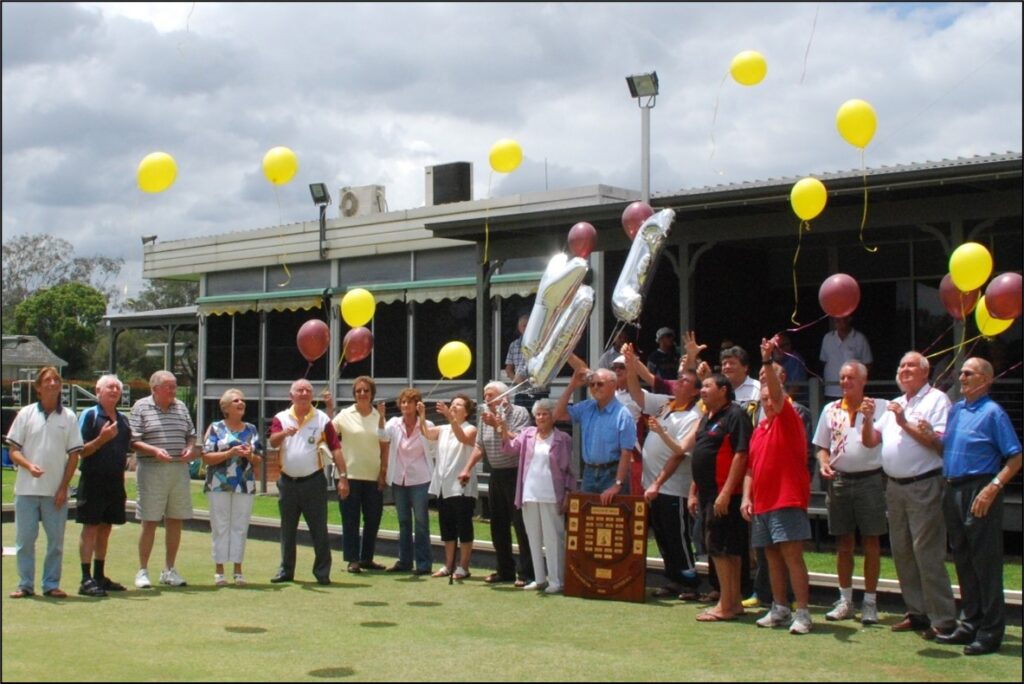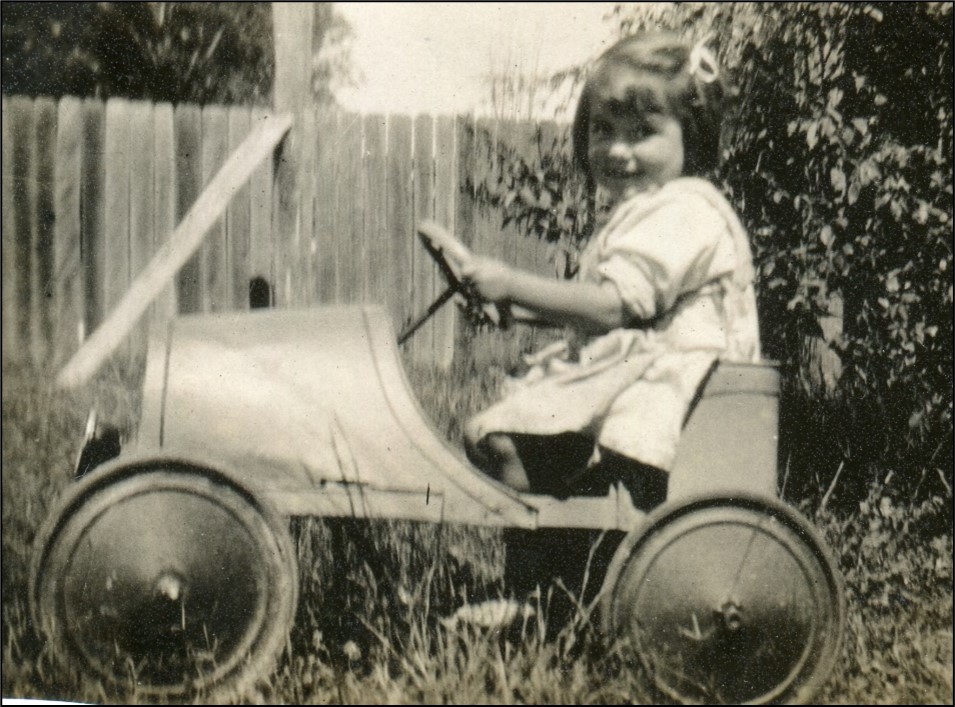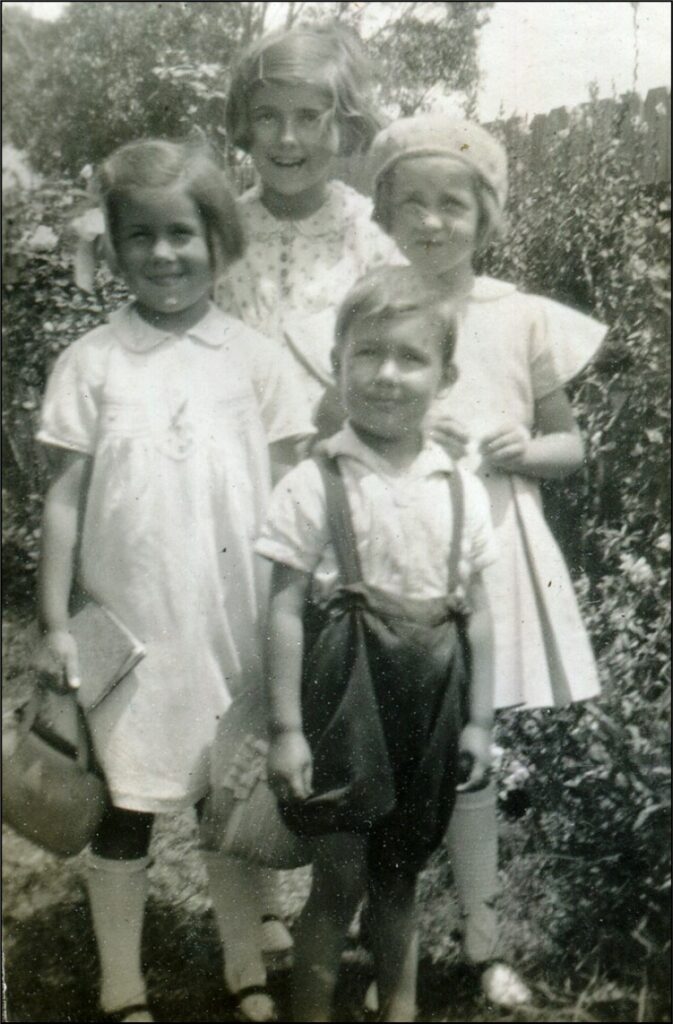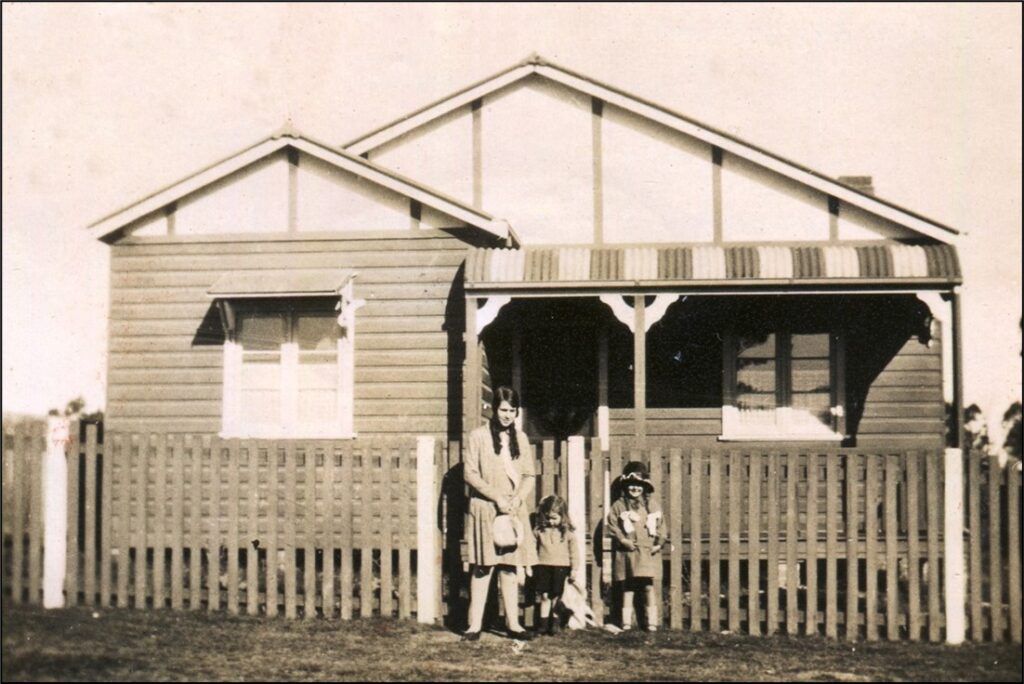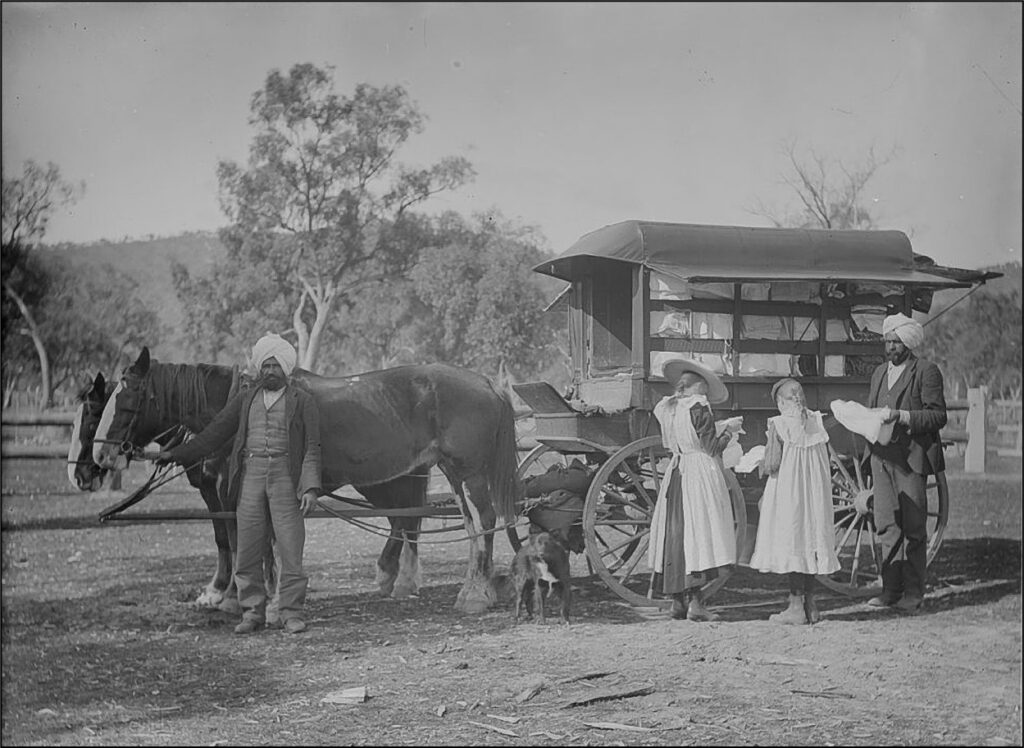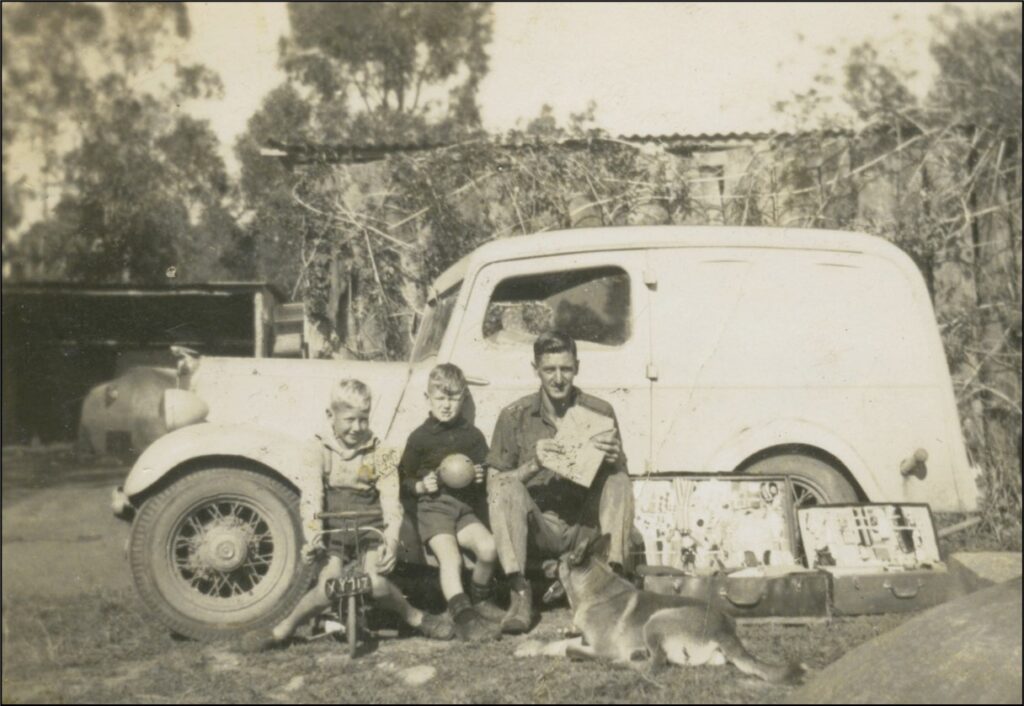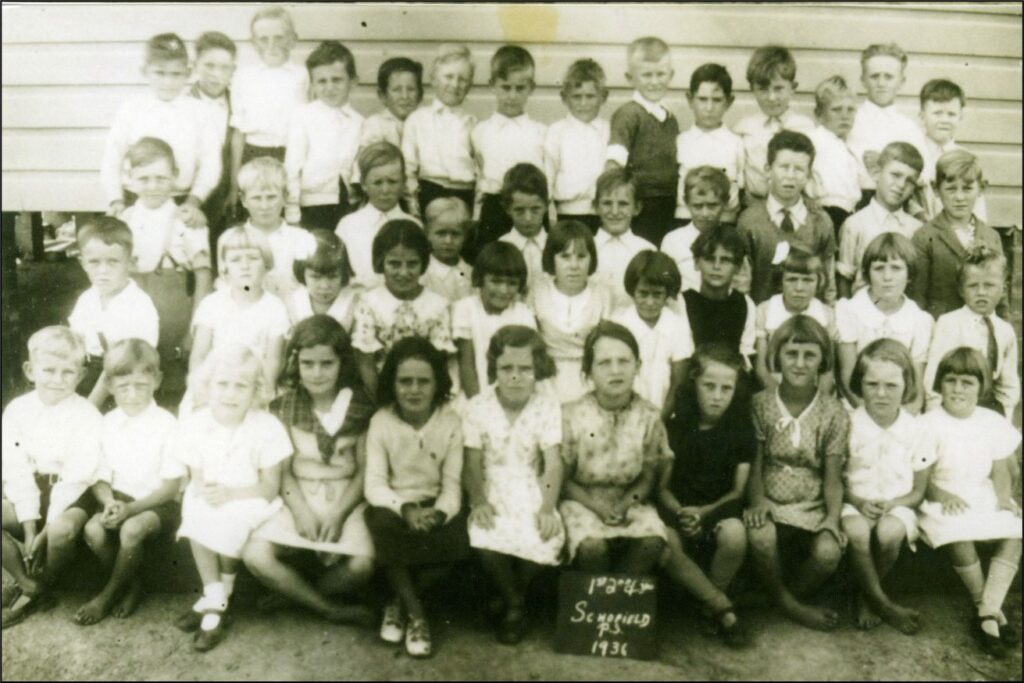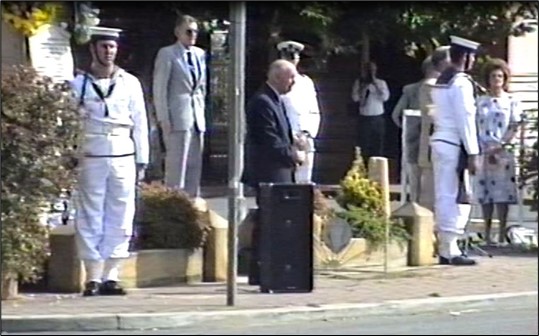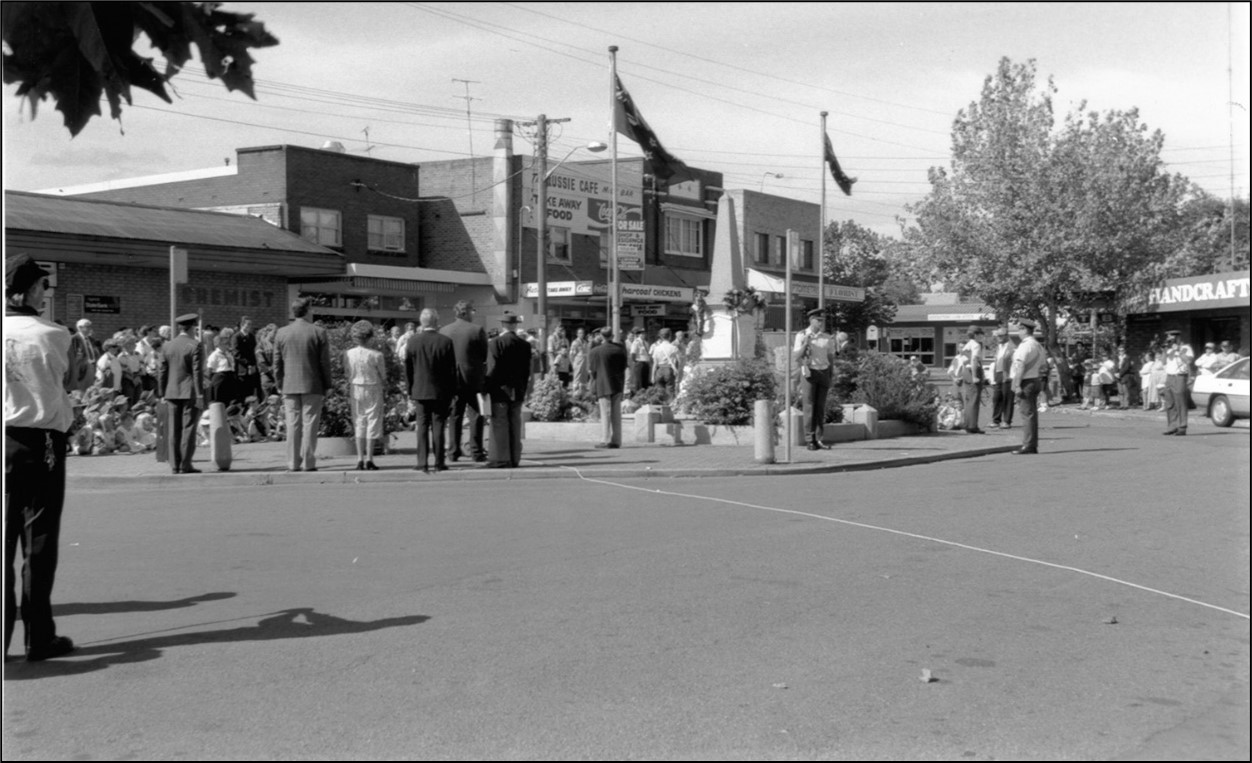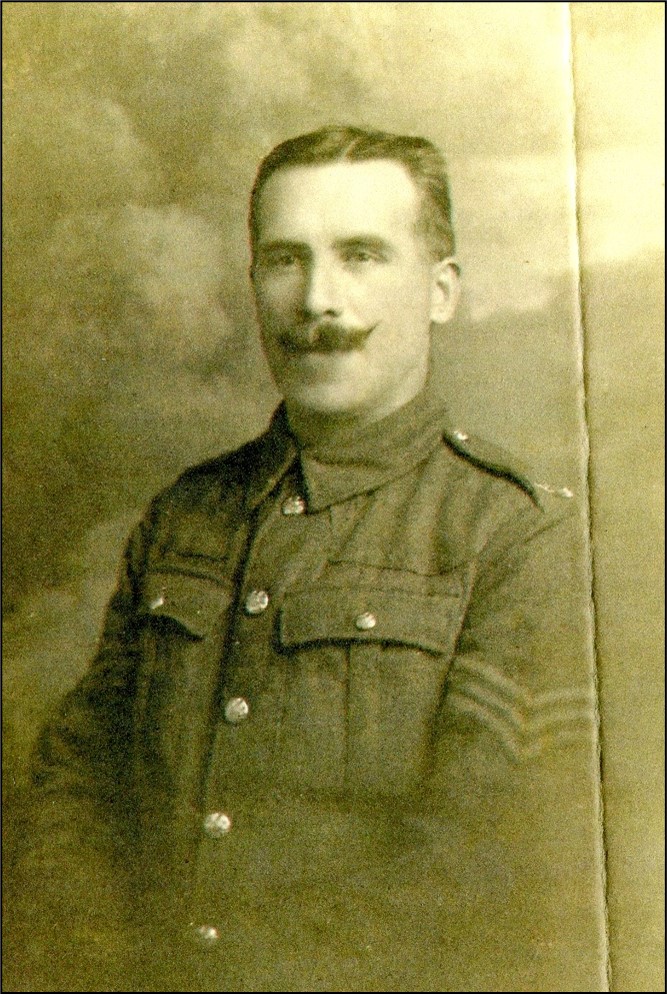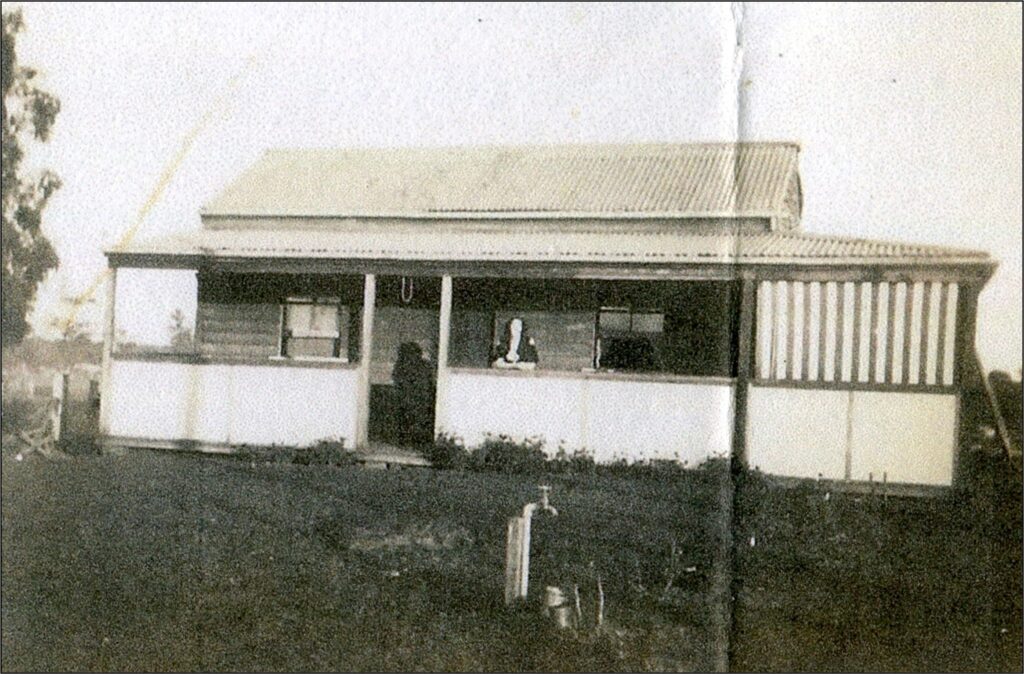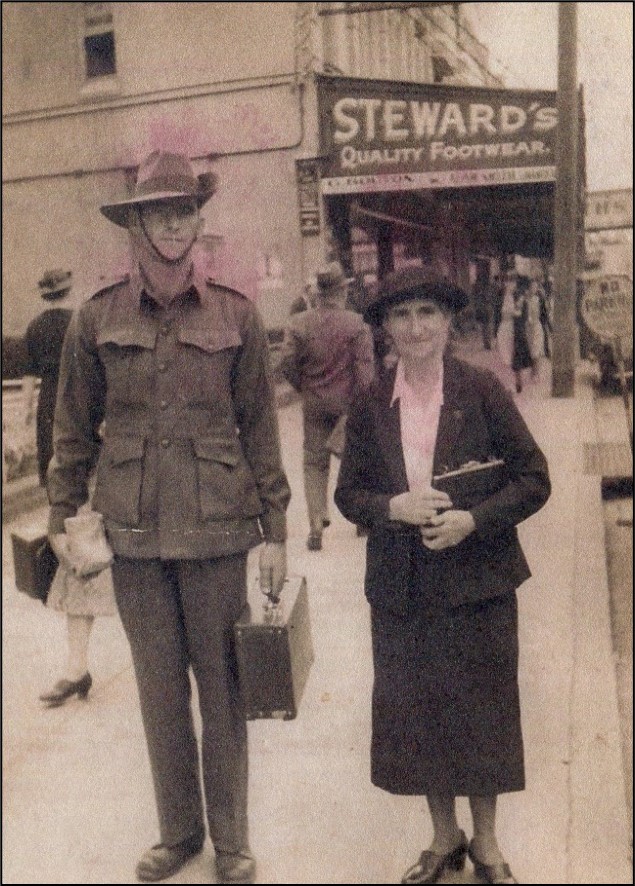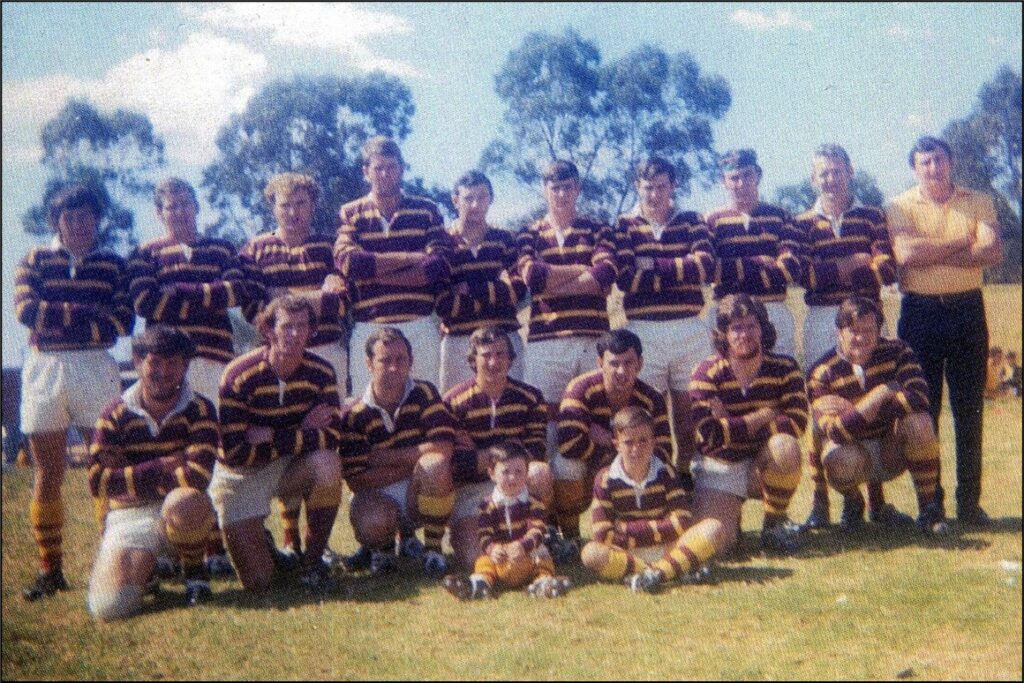by Rosemary Phillis
It would be almost impossible to believe that 100 years after the mass loss of life as a result of the Pneumonic Flu, that the world would again be devastated by another pandemic.
As a young girl I remember my grandmother talking about the Pneumonic Flu after the First World War. She had one cousin killed during the War, but lost two cousins to the Pneumonic Flu. She spoke about her brother, Frank Rumery, working on the railway and having to wear a face mask to work. Masks back then were not streamlined, the often consisted of layers of gauze which were hard to breath through.
The outbreak and rapid transmission of a strain of the Corona virus to be officially known as Covid-19 in the Province of Wuhan in China was at first of a mixture of horror and interest. Images of hospitals and people collapsing in the street seemed unbelievable.
Globalisation and the day of rapid transport soon saw the virus spread to the rest of the world. Fortunately our Government, lead by Prime Minister Scott Morrison, taking advice from our medical experts soon closed our borders to visitors from China. Other visitors from overseas were required to self isolate for 14 days when they came home.
For some reason, people started to hoard toilet paper. Stores ran out and had to limit the amount of toilet paper that people could buy. There was no shortage or restriction on the production of toilet paper which is made in Australia, but the chaos continued. Empty shelves where toilet paper was normally stocked remained consistently empty. As soon as it was delivered it was sold. The same applied to tissues, hand soap and hand sanitizer.
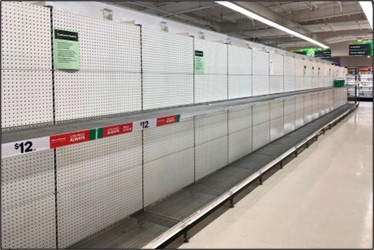
It became apparent that cruise ships were a place where the virus could spread quickly. Errors of judgment in relation to a ship known as the Ruby Princess allowed thousands of people to disembark and travel through the community and overseas. Ultimately many of the passengers came down with Corona virus and spread it to others. Many of the deaths here in Australia were ultimately linked to the Ruby Princess passengers.
The Federal and State Governments then moved to start to “lock down” the country and restricted the movements of people.
The term “Social Isolation” was the new word. Basically it meant that apart from people who shared a home, everyone else had to remain at least 1.5 metres from the nearest person when outside the home. The thought being that if a person sneezed or coughed that at this distance you should be outside the distance that the virus could be expelled if the person was infected.
Restaurants, clubs and cafes could still operate, but they had to distance their seating and arrangements for staff so that they were 1.5 metres apart. These measures were not enough and soon these businesses and many others were closed unless they could serve takeaway.
We were subject to the rules set by the State Government. In a nutshell, unless you worked in an essential industry, were caring for someone, exercising or going out to buy essentials such as food, you were not to leave home, or risk a $1000 fine.
The rapid shut down and implementation of these rules gradually started to reduce the number of cases of infection, but every day we were horrified and saddened by the statistics overseas, where in countries such as Italy, Spain, England and America, 800 to 1000 people were dying every day from the Corona virus.
Life in Riverstone
Once level 3 restrictions were introduced, businesses regarded as essential that were still able to operate did so with measures to incorporate Social Distancing. Taped crosses, stars and circles appeared on floors and the ground 1.5 metres apart to show people where to stand. Bollards and tapes guided people in and out of businesses.
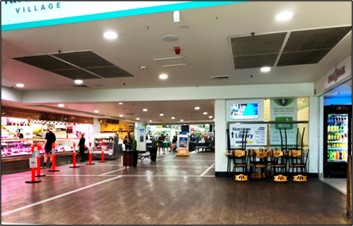
The local newsagency and IGA supermarket installed plastic screens aimed to reduce the transmission should any infectious people inadvertently cough or sneeze in their vicinity.
Hairdressers were allowed to operate, with limits on the number of people who could be in the shop at one time and the chairs had to be more than 1.5 metres apart.
At one stage, as there were rushes on items such as Toilet Paper, limits were placed on items. Supermarkets such as Woolies and IGA, closing for several hours on some days to give them time to tidy up and restock the shelves.
The Riverstone Museum also had to close, as did churches, gyms, dine in cafes and restaurants, clubs, pubs and any where else where people might congregate. Blacktown City Parks were closed and playgrounds taped off to prevent use.
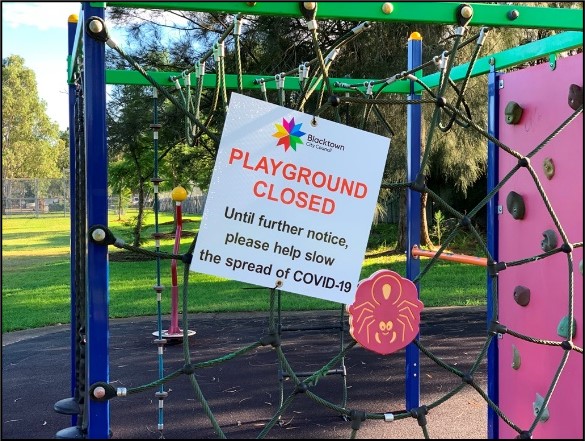
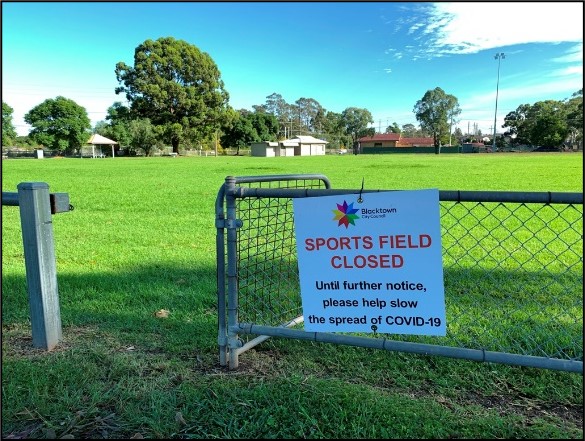
Churches were amongst the first to adapt. The Anglican Churches in Riverstone, Marsden Park and Quakers Hill worked together. Through the use of technology, the Ministers from the churches combined at Quakers Hill, and on 22 March 2020, the first service was live streamed over the internet. The streaming of services continued to include Good Friday and Easter. Parishioners were invited to add comments and greetings through a messenger service which ran in conjunction with the service.
The Riverstone Post Office which had been open five days a week plus Saturday mornings, ceased Saturday morning trading on 1 April 2020. (They recommenced on 4 July, three months later.)
Covid-19 Testing Facility
On Monday 20 April 2020 a drive through testing facility opened in the swimming pool car park which had been fenced off and adapted for the purpose.
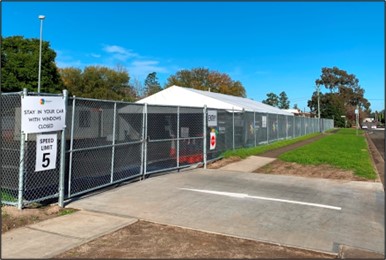
Anzac Day
Anzac Day 2020 was very different. There was no service at the Cenotaph. People were encouraged to stand at the end of their driveways at 6 o’clock on the 25th with a candle and observe a minutes silence. I found this a profoundly moving experience and felt a great connection to the many who paid the supreme sacrifice.
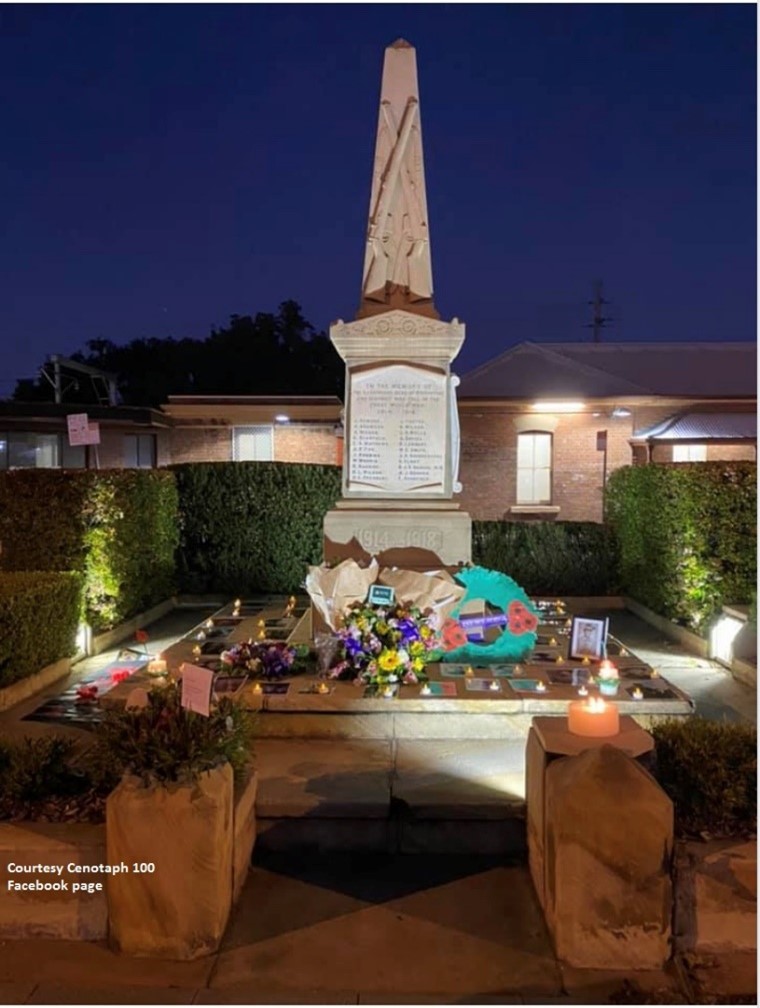
1 May 2020 saw a relaxing of restrictions to allow two adults to be able to visit another household, the aim of this measure being to relieve social isolation.
1 June restrictions eased. Provided there was sufficient space for 4 square meters per person and 1.5 metres distance between people, clubs and churches could open again.
On 22 June 2020, Life Anglican Church again opened for face to face sermons, subject to Social Distancing requirements.
Students returned to school after the July School holidays. This was probably a relief to teachers, students and parents, as home schooling had been a challenge. Teachers had to prepare both written and digital lessons. Digital learning relied on students having access to technology and reliable internet connection. Where parents were working from home and if there were more than one child in the family, there was not always enough computers or laptops for everyone. One of the things students missed the most was the social interaction with other children.
As children returned to school and some people returned to work, social distancing on public transport was a challenge. The State Government put limits on the number of people who could travel in buses and train carriages. Green “sit here” stickers were affixed throughout public transport. Signs were put up around stations providing tips on “how to protect yourself from viruses”.
An outbreak of cases in Victoria saw a spread to New South Wales and “hot spots” broke our in areas such as south western Sydney. This lead to an increase in anxiety as people once again had to be on high alert.
By August, for the Sydney Metropolitan area, the wearing of masks in situations where social distancing was not achievable was encouraged. Late August Riverstone High School, Schofields Public and Wyndham at Quakers Hill were closed for several days awaiting the results of tests on a number of students. Two students at Riverstone High and one at Wyndham were positive. As a result many close contacts of those student were then required to self isolate for 14 days, as well as being tested. Fortunately no further cases were known to have resulted from this source.
Around this time people were encouraged to wear masks they were a common sight around Riverstone. People attending medical appointments were required to wear masks.
Local clubs, restaurants and cafe’s reopened. They were required to develop and implement COVID-19 plans based on State Government guidelines. Patrons generally had their temperatures checked before entering premises and were required to supply their name and a contact phone number or email to allow them to be traced if an infectious person was found to have visited the premises at the same time.
In early September Australia Post advised residents that in order to deal with the large number of parcels needing delivery residents would only receive home letter deliveries every second day, until 30 June 2021.
By late September the number of community transmissions in New South Wales dropped to zero. Despite this figure, the Health Department continue to promote the message that the virus was still circulating in the community. They appealed to people to continue to be tested if they showed even the slightest of symptoms of the virus.
Great delight for many when the South Australian border was opened again to visitors from other states in September. The Victorian, Western Australian and Queensland Borders still remain closed to the frustration of many.
Small pockets of infection continue to appear around Sydney, providing a constant reminder that we all still need to be on our guard against the disease. The main messages for helping to avoid the spread of the virus continue to be; get tested if you have symptoms; wear a mask in places where you can’t keep your distance from people; wash your hands often with soap or use hand sanitiser.
With the reopening of the Riverstone Swimming Pool, the COVID-19 testing facility in the swimming pool car park closed on Friday 25 September 2020. There was a change to the people attending the swimming pool in that they have to book and pay online to control the number of people at the pool in a given time.
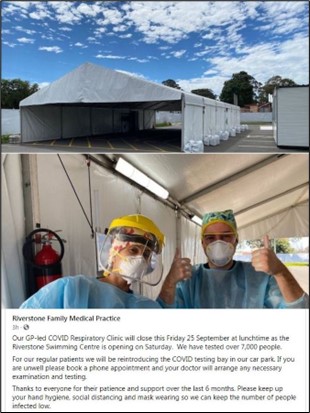
The first community event in six months took place with a car show in the vacant area near the shopping centre carpark at Riverstone. Organised by Blacktown Council, a variety of cars attracted a steady stream of visitors. Attendees had to register their details before entering the area. The BBQ stall was popular as they not been permitted as part of the restrictions.
Christmas Celebrations in 2020 are likely to be different, but people will no doubt adapt as they have with the other changes brought about by COVID-19.
Unless otherwise noted, all photographs by Rosemary Phillis.

